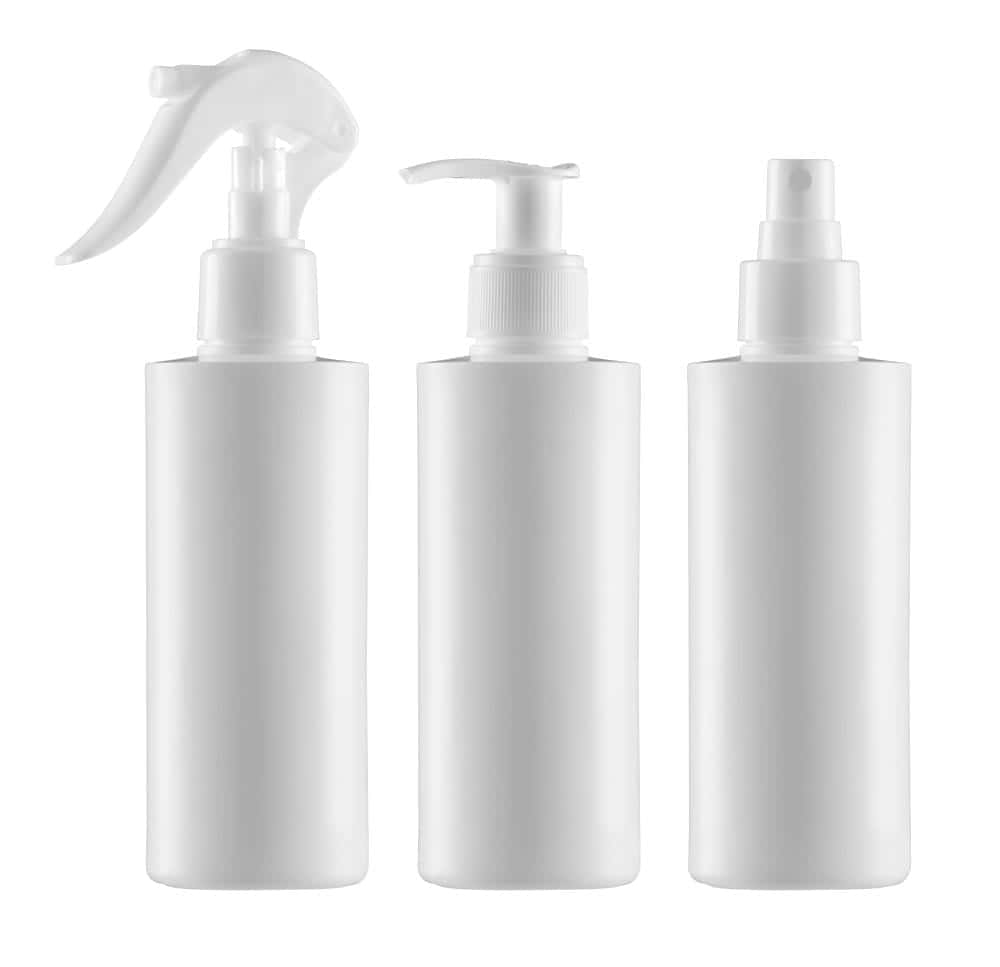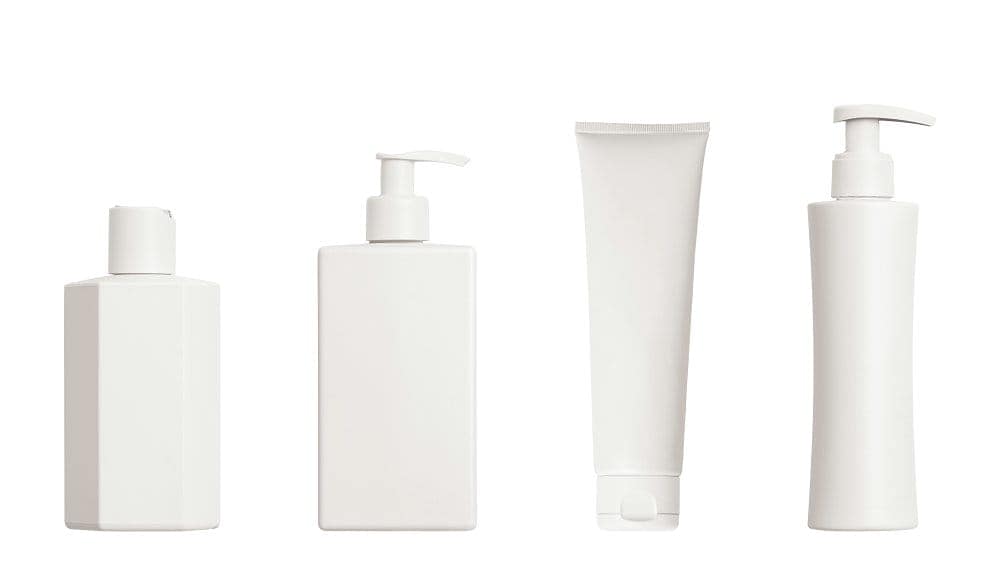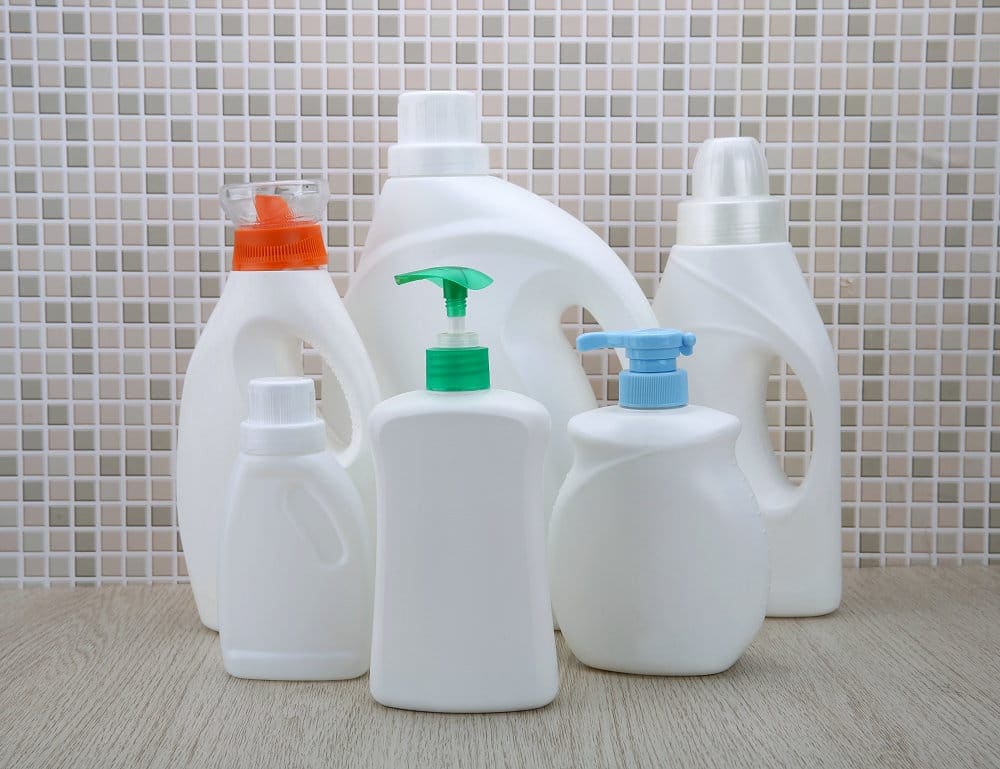Soap dispenser pumps are common in homes, offices, and public restrooms, making handwashing more convenient and efficient. These devices work using a simple but effective mechanism that allows the user to dispense the right amount of soap with a single push.

Understanding soap dispenser pump mechanism and how soap dispenser pumps work not only helps in the proper maintenance of these devices but also in choosing the right one for your needs.
At the core of a soap dispenser pump is the pump mechanism, which consists of several components working together to draw soap from the container and dispense it when the pump is activated.
The main components include the pump head, dip tube, piston, and spring. Understanding the role of each component in the pumping process can help you better appreciate this everyday item we often take for granted.
Key Takeaways
- Soap dispenser pumps use a simple mechanism to make handwashing more efficient
- Understanding how these devices work aids in maintenance and informed purchasing decisions
- The pump mechanism has vital components like the pump head, dip tube, piston, and spring
How to Choose the Best Soap Dispenser
When selecting the perfect soap dispenser for your home, it’s essential to consider several factors to ensure that it fits your preferences and requirements.

First, consider the type of pump used in the soap dispenser. Typically, there are push pumps and screw pumps available in the market. A push pump may be more suitable for a sleek, modern dispenser, whereas a screw pump might suit a traditional dispenser better.
Next, consider the housing of the dispenser. For long-lasting use, it should be made of sturdy and high-quality materials, such as stainless steel, glass, or plastic.
Remember the stem, which connects the pump to the soap reservoir. Look for a dispenser with a durable stem that can handle constant pressing without breaking or malfunctioning over time.
The actuator is another essential component to pay attention to, as it is the top part of the pump pressed to dispense the soap. Ensure the actuator is comfortable to press and easy to clean if necessary.
In terms of design, the dispenser lid is something to note. It should fit tightly to prevent soap leakage when dispensing soap. Also, it should be easy to remove for refilling and maintenance purposes.
Here are some key points to remember when choosing the best soap dispenser:
- Pump type: push pump or screw pump
- Housing material: stainless steel, glass, or plastic
- Durable stem for long-lasting use
- Comfortable and easy-to-clean actuator
- Tight-fitting lid for leakage prevention
By considering these factors, you’ll be able to find a soap dispenser that is not only functional but also complements your home’s aesthetics.
How does a Soap Pump mechanism work?
A soap dispenser pump is a simple and effective mechanism that allows you to dispense soap easily. To understand how it works, it’s helpful to know its key components, including the pump mechanism, valve, and pressure.

When you press down on the pump, a small piston, one of the pump components inside the dispenser, moves, creating a vacuum.
This vacuum sucks up the soap from the container and fills the pump chamber. Meanwhile, the downward motion of the piston puts pressure on a spring, moving a small ball upward and taking some soap product with it.
Upon releasing the pump, the piston moves back upwards, and the pressure within the chamber forces the ball to return to its original position. This causes the soap to be dispensed through the nozzle. The valve plays a crucial role in this process, returning to its sealing position to prevent liquid soap from flowing back into the bottle.
The combination of these components working together allows the soap pump mechanism to function efficiently and consistently. Each time you press the pump, the process is repeated, ensuring the right amount of soap is dispensed for your needs.
Keep in mind that proper maintenance is essential for the smooth operation of your soap pump. Over time, soap residues may build up and cause the dispenser to clog or malfunction. To prevent this, regularly clean the pump mechanism to ensure the parts are free from residue or buildup.
In summary, a soap pump mechanism utilizes moving parts, vacuum, and pressure to dispense liquid soap effectively. It’s a reliable and convenient way to keep your hands clean and maintain hygiene in your home or workplace.
The Role of Air and Gravity in Soap Dispensers
Air and gravity play crucial roles in soap dispenser pumps’ functionality. When you press the pump, you are initiating a process that utilizes air suction power and works against gravity to dispense the soap.

As you press down on the pump, the actuator compresses a spring, and the piston moves upward.
This motion forces air out of the chamber, creating a vacuum inside the bottle. The vacuum causes the liquid soap to be drawn up into the pump through a flexible plastic tube connected to the bottom of the bottle.
There’s a valve at the top of the tube that prevents the soap from flowing back down into the bottle due to gravity. When you release the pump, the spring returns to its original position and the piston moves downward, pushing the soap through the nozzle and out into your hand.
Soap dispensers operate efficiently thanks to the balance between air pressure and gravity. Creating a vacuum inside the bottle counteracts gravity’s downward force, ensuring that the soap rises up the tube and is dispensed through the nozzle.
It’s essential to maintain cleanliness and prevent waste when using soap dispensers. The air suction mechanism helps minimize waste by drawing the right amount of soap into the pump for each use.
Moreover, the valve at the top of the tube keeps the remaining soap securely inside the bottle, ready for the next time you need it.
In summary, the combination of air suction and gravity ensures that soap dispenser pumps work effectively, providing an easy and convenient way to access soap for handwashing and hygiene purposes.
Types of Soap Used in Dispensers: Liquid and Foam
Regarding manual soap dispensers, you have two main options for the type of soap to use: liquid and foaming. Both types serve the purpose of cleaning and sanitizing your hands, but they have some differences.

Liquid soap is the more traditional option; it typically comes in a viscous form. Dispensers designed for liquid soap usually have a pump mechanism that, when pressed, releases the soap onto your hands. One of the advantages of using foaming soap is that it tends to be more cost-effective, as it is generally available in larger quantities. Also, you can use it in automatic soap dispensers.
On the other hand, foam soap starts as a liquid soap and is then aerated in the dispenser pump to create a foam consistency. When you place your hand under the dispenser, the foam soap is released onto your hands for you to lather and wash. Foam soap is a more environmentally friendly option, as it requires less water to rinse off and often uses less soap per pump than liquid soap.
In summary, both liquid and foam soap options can be used in soap dispensers. The choice ultimately comes down to personal preference, budget, and the specific dispenser type used. Your decision may also be influenced by the desire to be more environmentally friendly or to use a soap that requires less water.
Frequently Asked Questions
- How do I fix a non-working soap dispenser?
Check for enough soap in the container if your soap dispenser is not working. If that is not the issue, try pumping the dispenser several times to prime it and remove any air bubbles. If it still doesn’t work, unscrew the pump head and thoroughly clean it by soaking it in warm water to remove clogged soap residue. After cleaning, reassemble the pump and try dispensing again. If your dispenser continues to malfunction, consider replacing the pump mechanism or the entire unit.
- What causes a soap dispenser pump to malfunction?
Soap dispenser pumps can malfunction for various reasons, such as clogging due to soap residue, wear and tear of internal components, or damage to the pump mechanism. Over time, dried soap can accumulate in the pump. This can happen with a liquid soap dispenser when the faulty pump restricts the liquid flow and makes dispensing difficult. Additionally, the internal components, such as the spring, piston, and check ball, can wear down, reducing functionality. Lastly, improper handling or accidents can cause damage to the pump, rendering it inoperable.
- Which materials are best for a soap dispenser pump?
High-quality soap dispenser pumps are typically made from a combination of materials such as plastic, metal, rubber, silicone, or neoprene. Plastic and metal components make up the pump head, assembly, and dispensing spout, while rubber, silicone, or neoprene materials are used for seals and gaskets to prevent leaks.
Selecting a foaming soap dispenser pump made from durable materials that can withstand frequent usage and exposure to moisture without rusting, breaking, or degrading is essential.
Order Bulk Plastic Dispensing Bottles from Us

We supply the best dispensing bottles for liquid soap and other cosmetics. You can order in bulk, and we will deliver to your warehouse anywhere in the world. Please send us a message via the customer contact number on the website to order.
